From alpine slopes and grassy meadows to lava fields and high desert expanses, Idaho’s many landscapes are ideal for a diverse range of wildflowers. While hundreds of species of wildflowers can be found throughout the state, we’ve highlighted some local favorites and some rarities. When you’re ready to see these beauties in bloom, May through July is the peak of Idaho’s wildflower season.
Types of Wildflowers in Idaho
Idaho is home to more than 50 varieties of endemic wildflowers—meaning they’re only found in the Gem State.
Christ’s Indian Paintbrush (Castilleja christii)
This yellow flower is extremely rare and is only found on the summit of Mount Harrison.
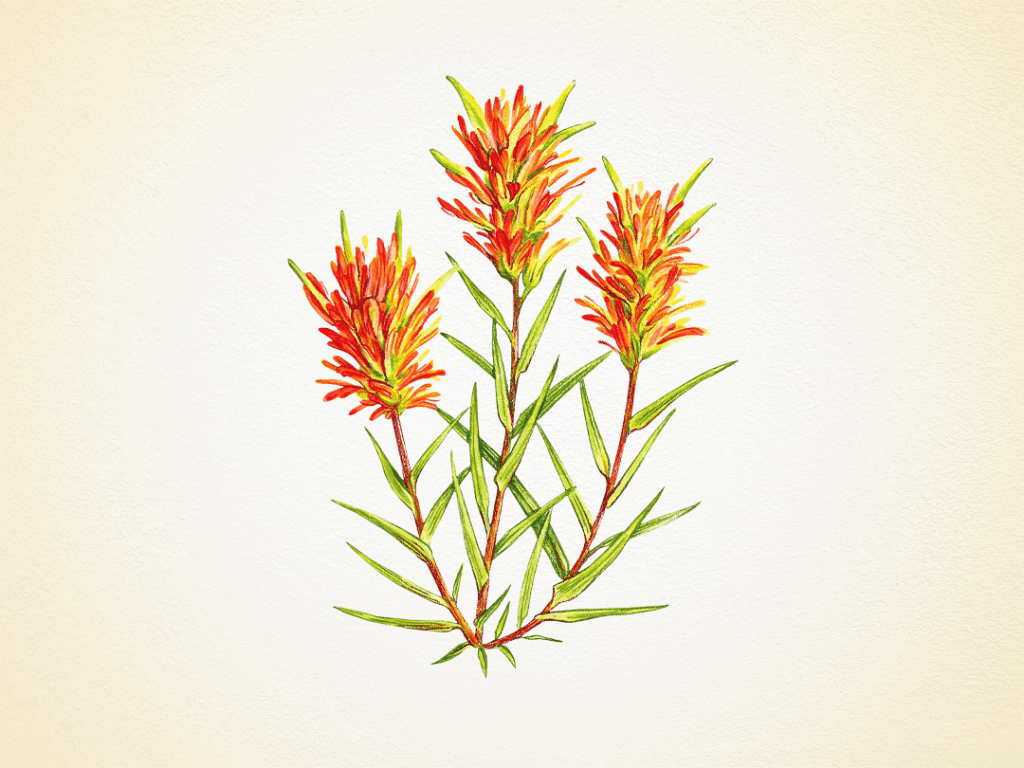
The Christ’s Indian paintbrush was named after John H. Christ, a botanist who first collected this flower in 1950.
Christ’s Indian paintbrush is only found in the meadows below the tree line of Mount Harrison, stretching across 200 acres.
Resembling nature’s paintbrush, Christ’s Indian paintbrush ranges from six to 15 inches tall and is topped with a cluster of yellow to yellow-orange blooms.
Camas Lilies (Camassia)
These purple-blue flowers blanket south central Idaho in late May.
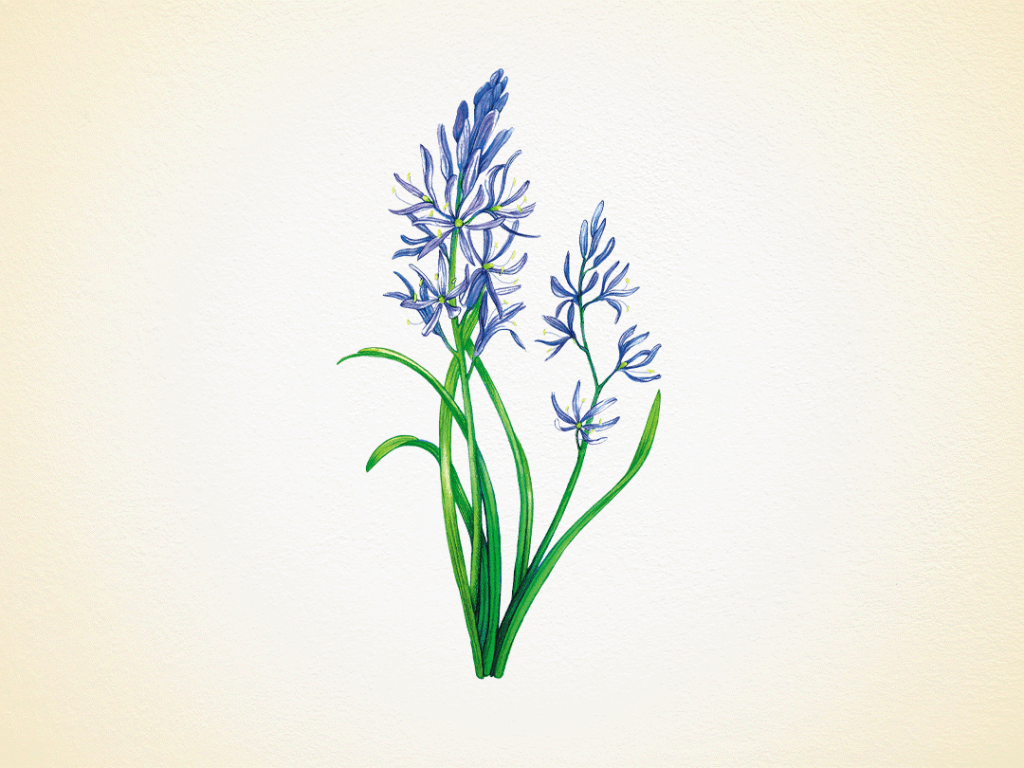
Camas lilies were used for both healing purposes and as a primary food source by Indigenous people. Once dried and peeled, the camas root can be ground into flour.
The Camas Prairie Centennial Marsh Wildlife Management Area in Fairfield is arguably the best place to see the vibrant blue blooms of camas lilies.
The camas lily’s six-petaled, blue-purple flowers often look like a sea of color floating over their grass-like leaves and stems.
Syringa (Syringa vulgaris)
Known as Idaho’s state flower, Syringa blossoms smell like oranges and grow in clusters on this perennial shrub.
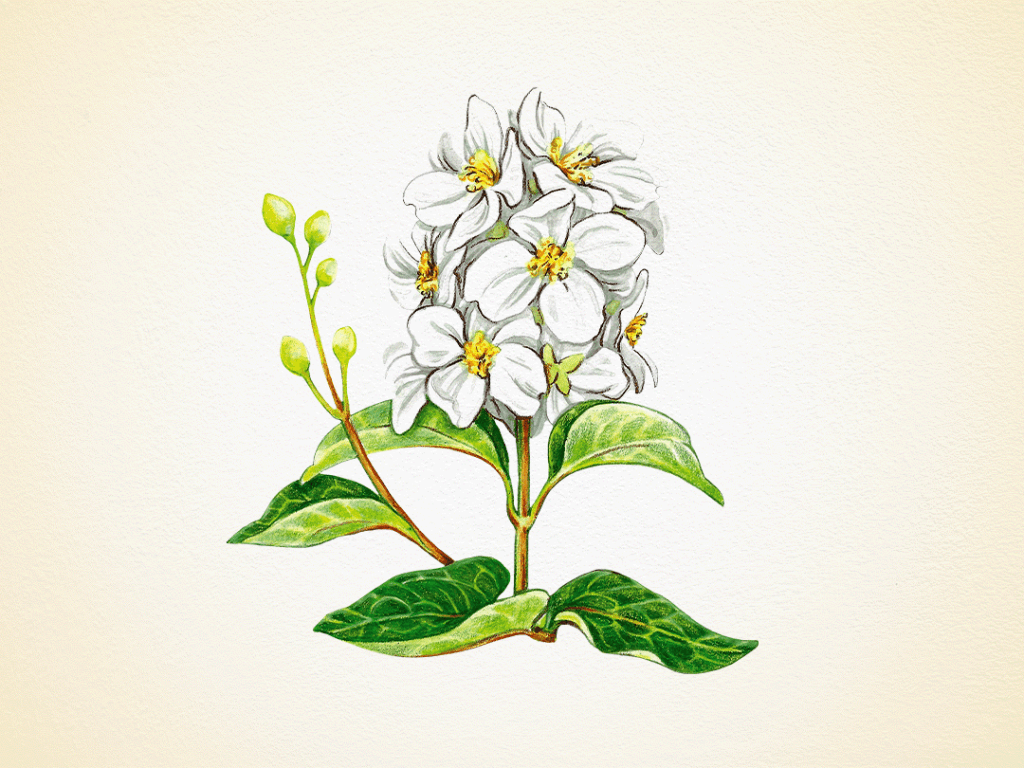
In 1931, the Syringa was designated as the official state flower of Idaho. The species name, lewisii, honors Meriwether Lewis, who wrote about this flower in his journal during his exploration.
Syringas can be found in western states like Idaho, Montana, Wyoming, Washington and California at the border of evergreen forests.
Sprinkled across the Syringa’s woody shrub base are clusters of fragrant, white blossoms. They can reach anywhere between three and 10 feet tall.
Elkhorn Clarkia (Clarkia pulchella)
This purple flower was discovered by Meriwether Lewis in the early 1800s in Idaho’s Bitterroot Mountains and was named after his fellow explorer, William Clark.
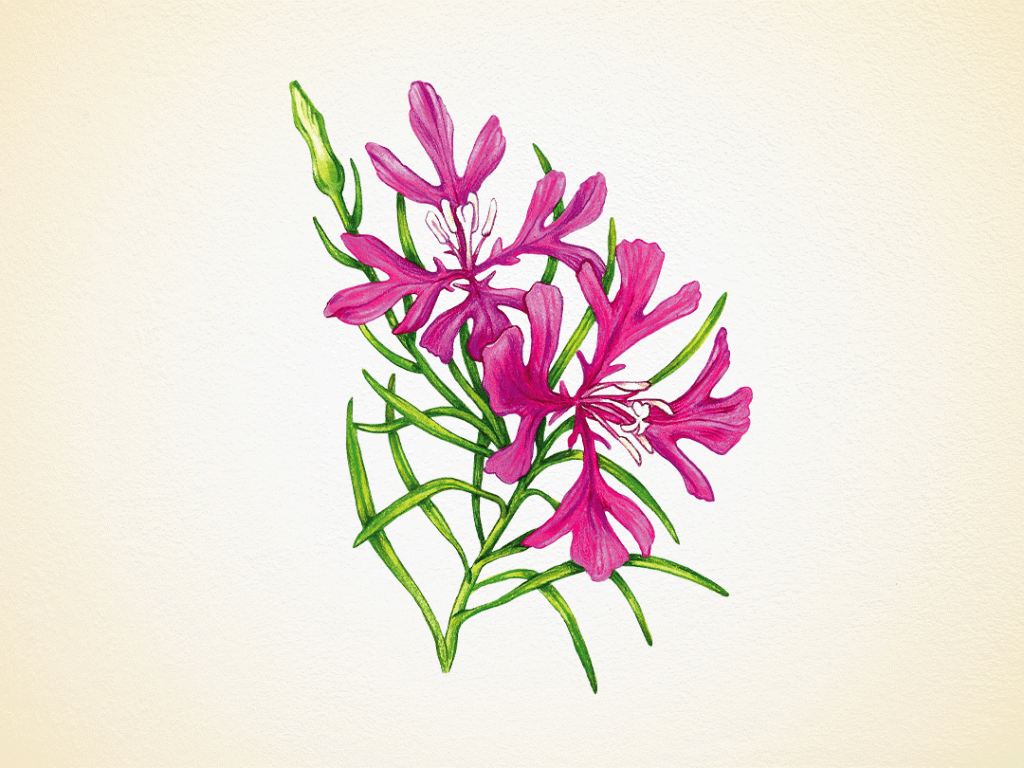
In 1807, Frederick Pursh, a German American botanist, gave this flower its species name, Clarkia pulchella. In Latin, “pulchella” means beautiful.
The elkhorn Clarkia spans the northwest states of Idaho, Washington, Oregon, Montana, South Dakota and Wyoming, as well as British Columbia in Canada.
The elkhorn Clarkia displays four antler-shaped petals, each with three lobes, ranging in color from vibrant purple to fuchsia. It can grow up to a foot and a half tall.
Arrowleaf Balsamroot (Balsamorhiza sagittata)
This showy yellow flower can easily tolerate and thrive in desert conditions.
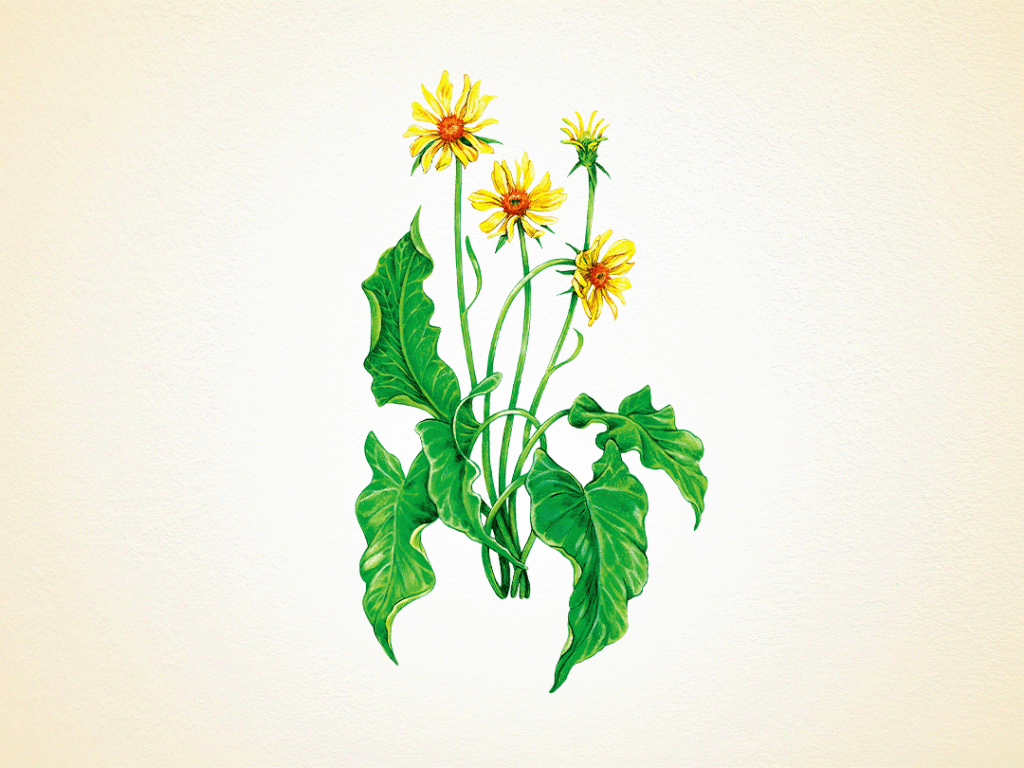
“Balsamorhiza” is derived from two Greek words: “balsamon,” meaning balsam, and “rhiza,” meaning root. The sap resembles the resin from a balsam fir in both scent and touch. “Sagittata” means arrow-leaved.
Arrowleaf balsamroot wildflowers are often found all across the Boise National Forest and transform the slopes of the Lucky Peak Reservoir into blankets of gold throughout the spring.
Similar to sunflowers, the arrowleaf balsamroot features large yellow flowers on leafless stems that reach one to two feet tall. The leaves, located at the base of the plant, are arrow-shaped and covered in fine, short hairs, giving them a silver-gray hue.
Idaho Trillium (Trillium petiolatum)
Recognized as part of the lily family, this Idaho wildflower’s large leaves are the star of the show, as they can change colors from pink to purple and even to red with age.
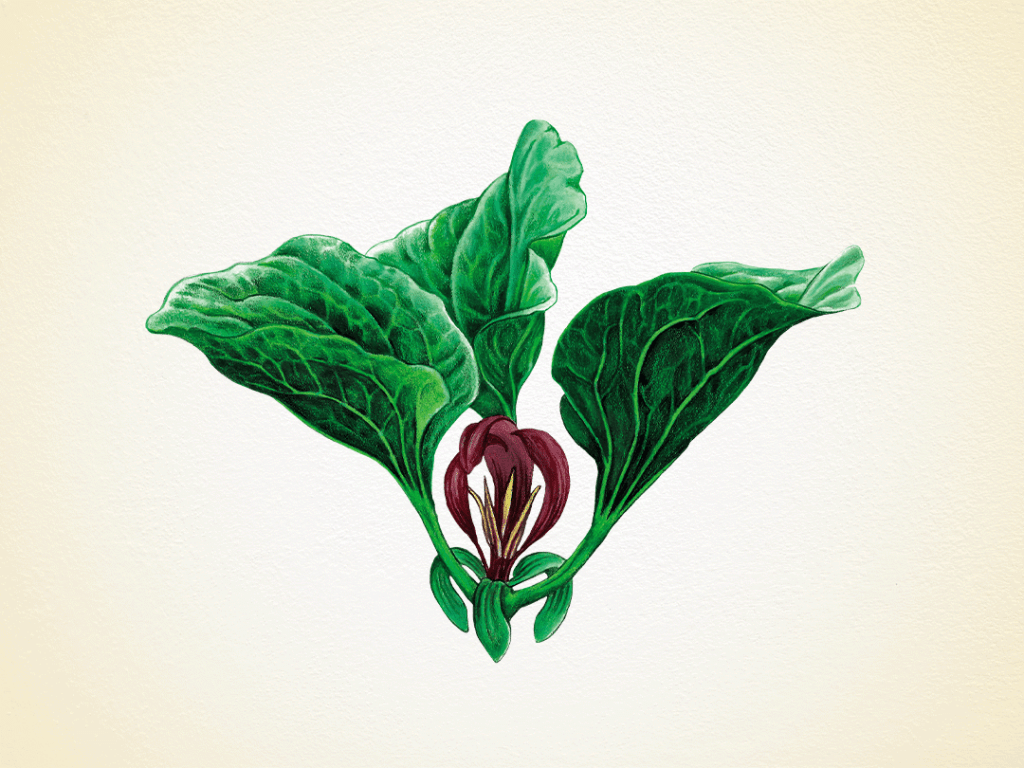
The Idaho trillium, also known as Wake-Robin, is said to bloom when robins arrive—usually in early spring. Indigenous people also used the root as an aid during childbirth, giving it the nickname Birthroot.
Idaho trillium blooms can be found along stream banks and on forest floors throughout Idaho, Oregon and Washington.
Growing eight to 16 inches tall, the Idaho trillium features three petals that range in color depending on maturity. The leaves are large and plantain-like.
Dwarf Monkeyflower (Mimulus nanus)
You can find these little flowers in mid-June at Craters of the Moon National Monument and Preserve. Only the toughest flowers bloom here after battling a lack of moisture and temperatures that can climb to 150° F.
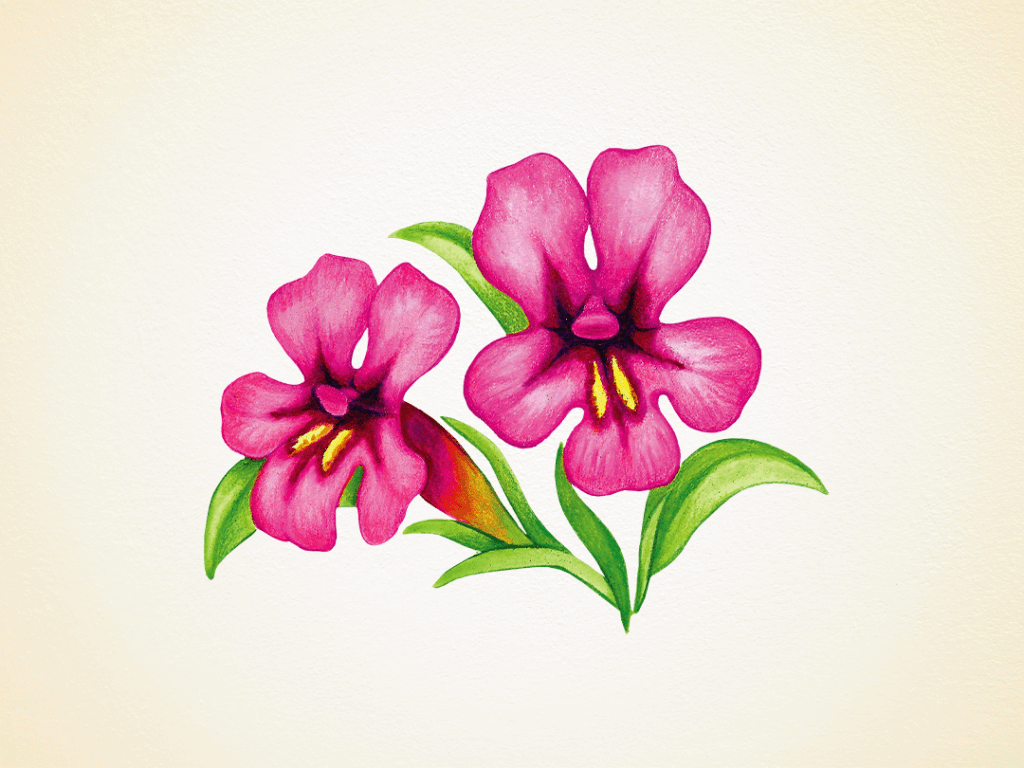
In Latin, “nanus” means dwarf, a nod to the flower’s size, while “mimulus” is derived from the Latin word mime, which is believed to refer to the mask-like appearance of the flowers.
Dwarf monkeyflowers prefer sandy soils in mountainous regions, often near sagebrush scrub and juniper woodlands.
Dwarf monkeyflowers typically grow between two and 10 centimeters tall with clusters of vibrant magenta blooms.
Payette Beardtongue (Penstemon payettensis)
These purple-blue beauties can only be found in small portions of Idaho, Montana and Oregon.
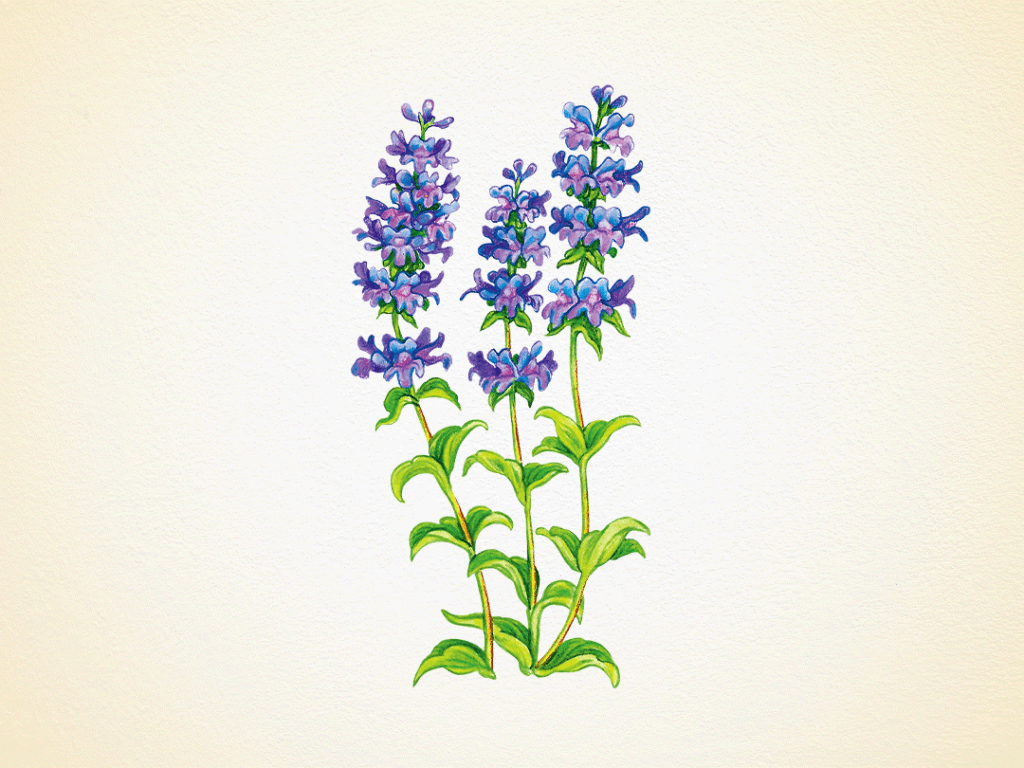
While there is no known symbolism, beardtongue flowers are popular amongst gardeners because they attract pollinators like butterflies and hummingbirds. However, the Payette beardtongue flower doesn’t transplant well and is best grown from seed.
The Payette beardtongue was first collected in the Payette National Forest and is most commonly found on rocky slopes.
Growing approximately two feet tall, the Payette beardtongue displays vibrant blue blooms similar to those of a snapdragon.
Now that you’re on your way to becoming an Idaho wildflower pro, remember to check the weather, bring plenty of water, use sun protection and, as always, stay on the trail so these beautiful wildflowers (and others!) can continue to grow.
Stop and smell the flowers at these scenic spots to see Idaho’s wildflowers.
Illustrations by Emily Rush.
Feature Image: Camas Prairie, Centennial Marsh Wildlife Management Area, near Hill City. Photo credit: Visit Idaho.
Published on February 15, 2023
